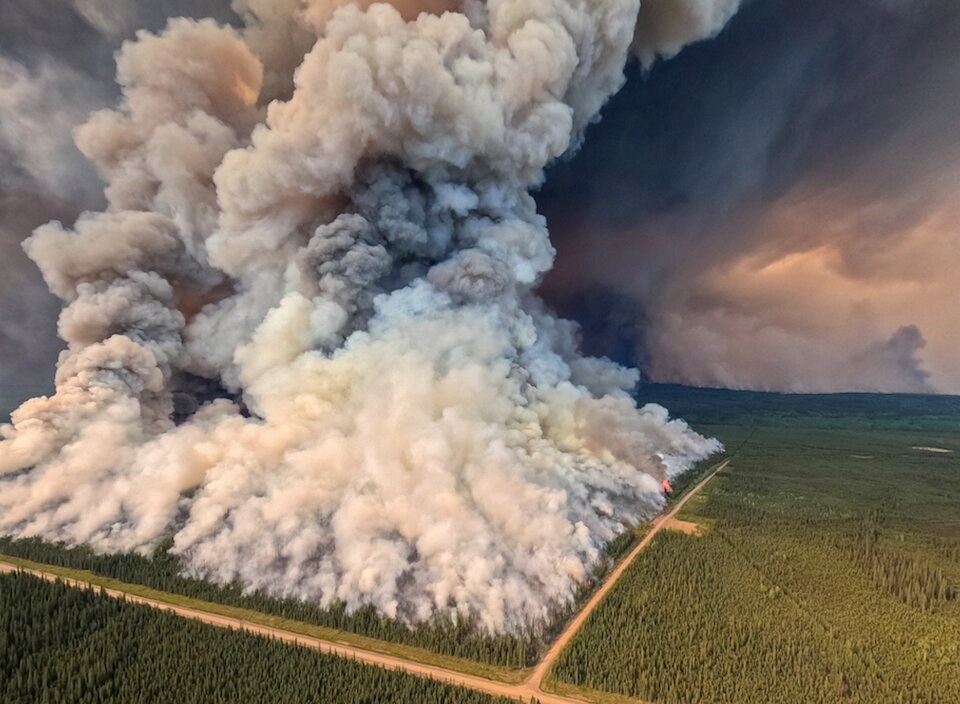For millions of Canadians and U.S. residents, summer increasingly means smoke. But as many British Columbians know, for anyone living close to the flames, an air purifier won't protect them, and understanding fire behaviour is crucial to stay safe.
The BC Wildfire Service uses a ranking system from one to six to describe fire behaviour based on a set of visual indicators. Are you looking for a window into how firefighters think? Here's what you need to know.
Rank 1: Smouldering ground fire
A Rank 1 fire is a smouldering ground fire with no open flame. It produces white smoke and spreads slowly. Firefighting tactics for a Rank 1 fire typically involve a direct attack with ground crews using hand tools and water delivery systems.
Rank 2: Surface fire
A Rank 2 fire is a surface fire with visible, open flame. The flame front is unorganized or inconsistent, and the fire spreads at a slow rate. Firefighting tactics may include a direct attack with ground crews using hand tools, water delivery systems, or heavy equipment.
Rank 3: Organized flame front
A Rank 3 fire has an organized flame front and progresses in an organized manner. Occasional candling may be observed along the perimeter and/or within the fire. The fire spreads at a moderate rate. Firefighting tactics may require air support from fixed-wing air tankers, skimmers, or helicopters conducting bucketing or tanking operations.
Rank 4: Organized surface flame front
A Rank 4 fire produces grey to black smoke, with an organized surface flame front. The fire spreads at a moderate to fast rate on the ground, with short aerial bursts through the forest canopy and short-range spotting. Firefighting tactics may require indirect attack and air operations to support ground personnel.
Rank 5: Organized crown fire front
A Rank 5 fire produces black to copper smoke, with an organized crown fire front. The fire exhibits moderate to long-range spotting and independent spot fire growth. Firefighting under these conditions is extremely dangerous, and suppression efforts will often be restricted to fighting the least active sections of the fire or conducting ground ignition operations from secure control lines.
Rank 6: Violent fire behaviour
A Rank 6 fire exhibits violent fire behaviour, with long-range spotting, possible fireballs, and whirls. A dominant smoke column may develop, which influences fire behaviour. Firefighting under these conditions is extremely dangerous, and often, the safest strategy is to pull resources back to safe areas and wait for fire behaviour to lessen before re-engaging in fire suppression operations.

Understanding the BC Wildfire Service's wildfire rank system is crucial for both wildfire management and public safety. For firefighters, it provides a clear framework for assessing fire behaviour and determining the most effective and safe firefighting tactics.
As wildfires continue to be a significant issue in B.C., this knowledge is more important than ever.



